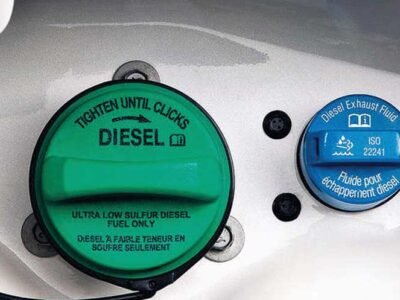When you are driving at night, you need to see the road ahead. Headlights provide illumination so you can see other vehicles, road signs, and conditions. While you don’t think about them every time you get behind the wheel, driving without them at night is dangerous and lethal.
If you notice your headlights flickering, it is a sign that something is wrong with your vehicle. While they may be coming to the end of their life, there are several other reasons why they could be failing like this. If you can’t diagnose the problem, take the car to a mechanic. You should also get those headlights and taillights replaced.
Let’s go over some common reasons why your headlights might be flickering:
Loose Connection
Bulbs will typically work until they don’t. Having a headlight flicker may signify a loose connection in either the wiring or the bulb itself. If you have been doing some rough riding or driving over uneven roads, this may have loosened a connection somewhere. It could be in the wiring switch harness or even the fuse itself.
A bulb can sometimes jiggle loose just enough to lose contact. Check your headlights to make sure all the wiring is snug and tight. This may correct the problem for you.
Bad Battery
Sometimes, it’s not your headlights at all that is the problem. Flickering headlights may be a sign that your battery is worn down. If your battery is weak, it may not power the lights correctly, and they may flicker or go dim.
Your battery typically will last 3-5 years, but it can wear down based on other factors. Check your battery to see if your headlight problem is coming from it. Simply buying and installing a new battery could fix you up.
Alternator
Your alternator is responsible for converting mechanical energy into electrical energy and then distributing that electricity to the vehicle and recharging the battery. The alternator has a voltage regulator to keep steady output. If it fails, you will have rapid drops and spikes in voltage. This could cause the headlights to flicker.
There may be other signs of a failing alternator like a dead battery or other car accessories malfunctioning. Make sure to get a mechanic to look at your alternator if you have any of these problems.
Faulty Wiring
The wiring to your headlights is under constant stress, especially with cars running daytime lights. It is a high-current flow and can also be affected by the heat coming off the engine.
If there is any wear or kinking in the wiring, it is going to give your problems. Bending or abrasions may break the wire and potentially ground out against the car frame. All these issues can cause the headlights to flicker or fail.
Power Overdrawn from Other Accessories
Sometimes, the draw-on power is too great and can cause your headlights to dim or flicker. This typically happens with large sound systems where headlights can pulse with the beat.
Many other systems in your car may draw too much current and impede the lights. Engine fans, block and cabin heaters, air conditioning, and even wipers can build up heat, causing an intermittent current draw.
Failing Headlights
The problem could be as simple as a failing bulb. Bulbs do have a life cycle, but any damage to the headlight may also cause flickering. You should get around 1000 hours out of your headlights before they start to fail or burn out.
Make sure to check out other common reasons before buying a new one and discarding the old one. This is a fairly simple task to replace the headlight. Your vehicles owner’s manual will give instructions on how to do it.
Headlight Relay and Switch
A relay is a device that uses power from the headlight switch to flip another switch. This turns the headlights on. While they are reliable, they can fail over time. The relay is an electromagnetic switch, which will constantly open and close in relation to the current draw. This will affect the headlight power and cause flickering.
Internal Communications
While flickering headlights are usually a problem with current flow, the communication with the vehicle’s internal systems might cause the issue. Different monitoring systems tend to alter the current flow through the whole system and draw from essential components like the headlights.
Ultimately, you expect your headlights to work when you need them. Discovering the problem while driving at night can be dangerous so pay attention to any signs of electricity being drawn away from the headlights or other components.
With regular vehicle maintenance, most issues will be spotted and corrected before you see anything. When flickering lights do happen, go through the reasons above so you can detect the problem right away and get them corrected. This will ensure safe, illuminated driving for years to come.












